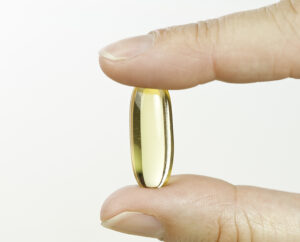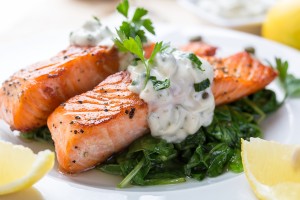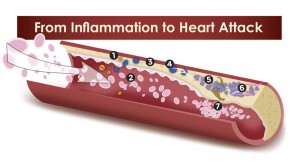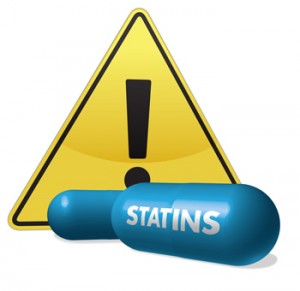Recently two articles showed that fish oil reduces cardiovascular disease and mortality.
British study recording the effects of fish oil over 10 years
For one thing, the British Medical Journal published an article comparing people who supplemented with fish oil with people who did not. In this case, the ones who supplemented had a lower risk of mortality and had lower cardiovascular disease than the control group. In brief, 427,678 subjects were enrolled in this British study between 2006 and 2010. Questionnaires at the beginning of the study revealed how many capsules of fish oil the subjects consumed. Hospital records and death certificates provided information about cardiovascular disease mortality at the end of 2018. Altogether, 31% of the subjects said that they were taking fish oil supplements regularly.
In short, here are the results of the study showing what fish oil did.
- 7% lower cardiovascular events
- 16% lower risk of cardiovascular disease mortality
- 20% lower mortality risk from heart attacks
- 13% lower risk of death from any cause (when compared to people who did not use fish oil)
Discussion
Given these points, the authors stated that it was the omega-3 fatty acids in fish oil that caused all the beneficial effects. This included lowering of blood pressure, triglycerides and reducing the heart rate. Fish oil was also responsible for improvement of endothelial function, inflammation and blood clotting. In addition, fish oil protects against cardiac arrhythmias. They stated: “Fish oil supplementation could be an inexpensive, quick, safe way of increasing an individual’s omega-3 fatty acid intake”.
Mayo Clinic study of taking higher doses of omega-3 polyunsaturated fatty acids
A study dated Sept. 17, 2020 showed the cardiovascular benefits of higher doses of omega-3 fatty acids. This was the second of two articles that showed that fish oil reduces cardiovascular disease and mortality. It was published in Mayo Clinic Proceedings. This metaanalysis involved 40 interventional studies and 135,000 patients. Two types of omega-3 fatty acids, namely EPA and DHA were studied with regard to the prevention of cardiovascular disease. EPA and DHA supplementation had the following effects.
- 35% reduction of risk of a fatal heart attack
- 13% reduction of heart attacks in general
- 10% reduced risk of coronary heart disease occurrence
- 9% reduction of mortality from coronary heart disease
The researchers described that the higher the dose of omega-3 fatty acid supplementation, the greater the protection.
An extra dose of 1000 mg per day of EPA and DHA reduced the risk of cardiovascular disease as follows. There was a reduction of cardiovascular disease by 5.8% and of heart attacks by 9%. I take 1800 mg of EPA/DHA twice a day, a total of 3600 mg per day.
Conclusion
Two independent studies of fish oil or omega-3 fatty acids came to similar conclusions. Heart attacks and strokes are significantly reduced. And mortality in the group that used fish oil supplementation was also significantly reduced. An extra dose of 1000 mg per day of EPA and DHA reduced the risk of cardiovascular disease as follows. There was a reduction of cardiovascular disease by 5.8% and of a heart attack by 9%. Based on these findings the researchers recommended that patients should use EPA/DHA supplementation to reduce cardiovascular risk. EPA/DHA supplementation lowers blood pressure, triglycerides and the heart rate. Fish oil was also responsible for improvement of endothelial function, also for the prevention of inflammation and blood clotting. In addition, fish oil protects against cardiac arrhythmias. The end result is that you live a healthier life.















